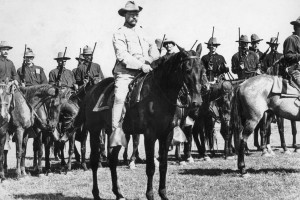Rude visitors, sinking pianos and dismayed presidential residents

ILLUSTRATION: THOMAS FUCHS
This year marks the bicentennial of the public reopening of the White House after the War of 1812, when the British burned the executive mansion and sent President James Madison fleeing. Though the grand house has legions of devotees today, its occupants haven’t always loved the place.
The problems began in the 1790s, as the Founding Fathers struggled with the question of how grand such a residence should be for an elected president in a popular government. Was the building to be a government office with sleeping arrangements, a private home, the people’s palace or all of the above? Frequent name changes reflected the confusion: President’s Palace, President’s House and Executive Mansion. The president made its official name the White House only in 1901.






